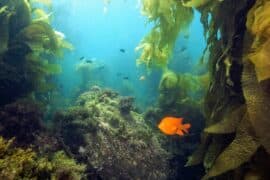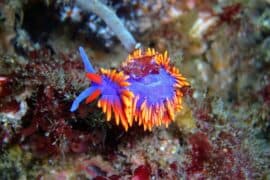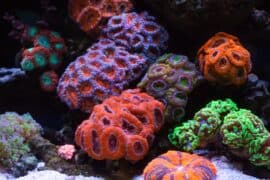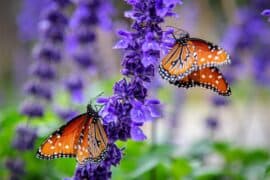Green grasshopper
(Omocestus viridulus)
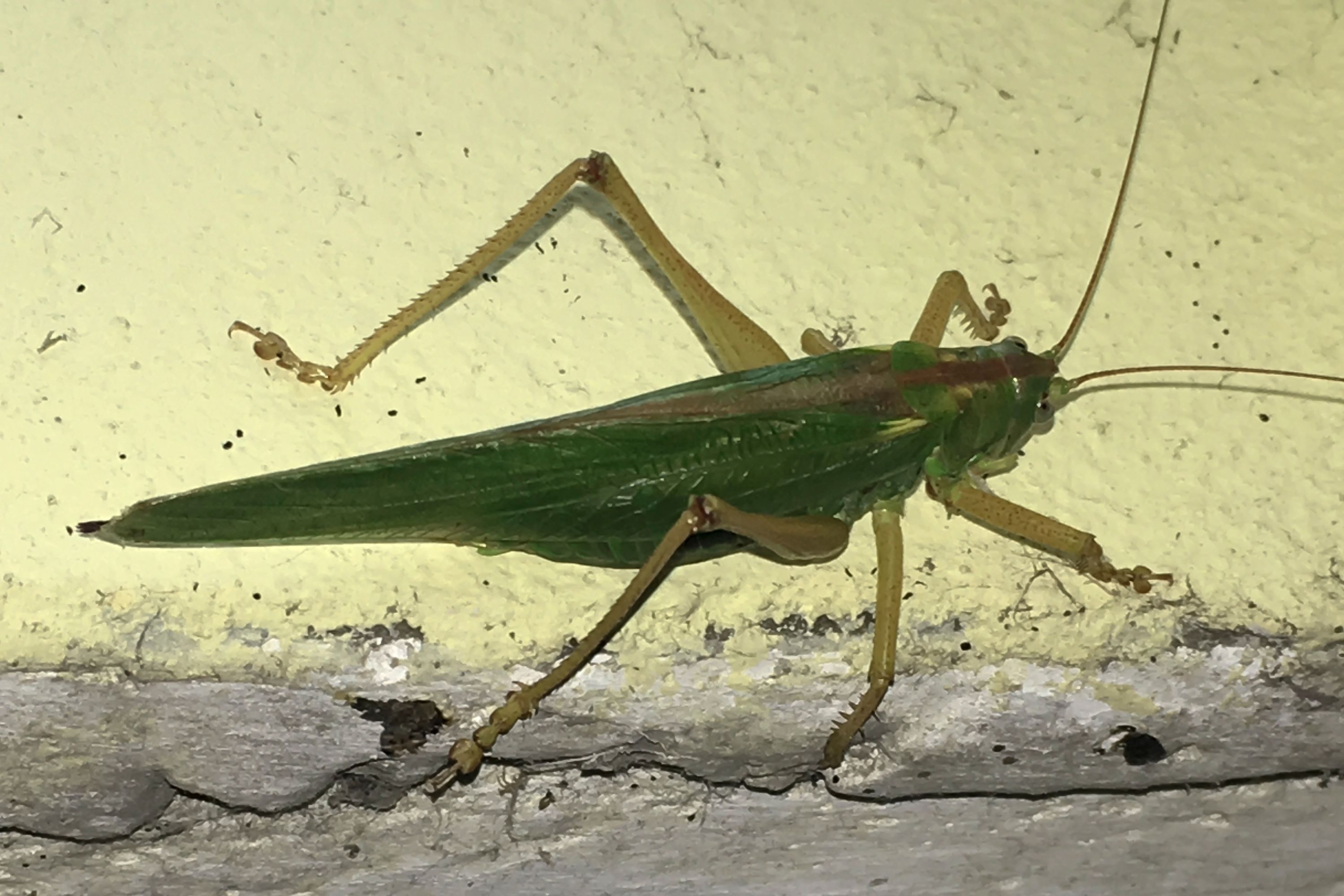
Description
Omocestus viridulus, known in the British Isles as the common green grasshopper, is a Palearctic species in the subfamily Gomphocerinae. Omocestus viridulus are usually green all over, but some may have brown coloration on the sides. In Scandinavia, they are usually green or light brown. The males do not have any red coloring on the abdomen and possess a noticeably long ovipositor, characteristics that help distinguish it from the similar species O. rufipes and O. haemorrhoidalis. The eyes of this species may be brown or yellow. The typical body length is 17-20 millimetres (0.67-0.79 in). They possess a strongly darkened region of the hind wing. Omocestus viridulus typically lives in moderately wet regions around Europe except north of the Arctic Circle, and it is distributed widely over Britain. Its range extends east as far as Siberia and Mongolia. Their preferred habitat consists of areas with longer grass. This species prefers to feed on the more common, abundant grass species and this may promote greater diversity of vegetation. O. viridulus feeds on grass from the genera Dactylis, Agrostis, Anthoxanthum, Lolium and Holcus. The life cycle begins with the females laying their clutch of eggs in the top layer of soil or near the root of the grass stalks. The young are called nymphs and emerge the next April. These nymphs resemble miniature versions of the adults with immature wings. After about a month of moulting their exoskeleton several times, they mature into adults with working wings. There is one generation of O. viridulus a year, and they are usually seen between the months of April and October. Compared to other grasshopper species, the reproductive fitness of O. viridulus tends to be less affected by temperature changes. It has been found that for female O. viridulus, the number of eggs in each pod, and the mass of eggs were not adversely affected by temperature. In the wild, the males find the females quickly and mate, and the females refrain from singing until they lay at least one cluster of eggs. If the male fails to mate with a female, he will sing before trying again. Songs are produced by a process called stridulation in which the hind leg and wing are rubbed together. Calling songs are used by these grasshoppers in order to attract and find a mate. Although most of the singing is done by the males, females that are ready to mate may also sing in response.
Taxonomic tree:


